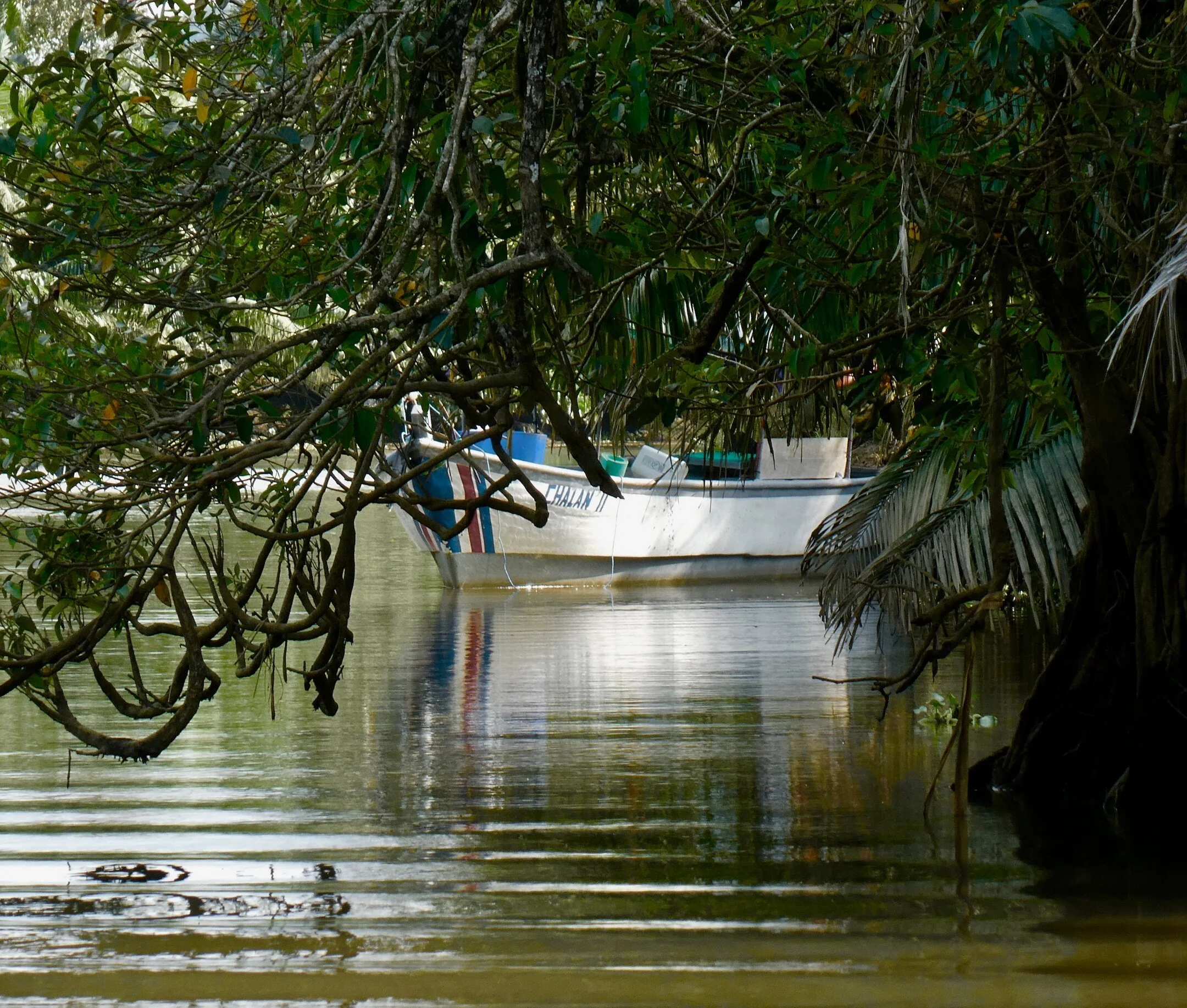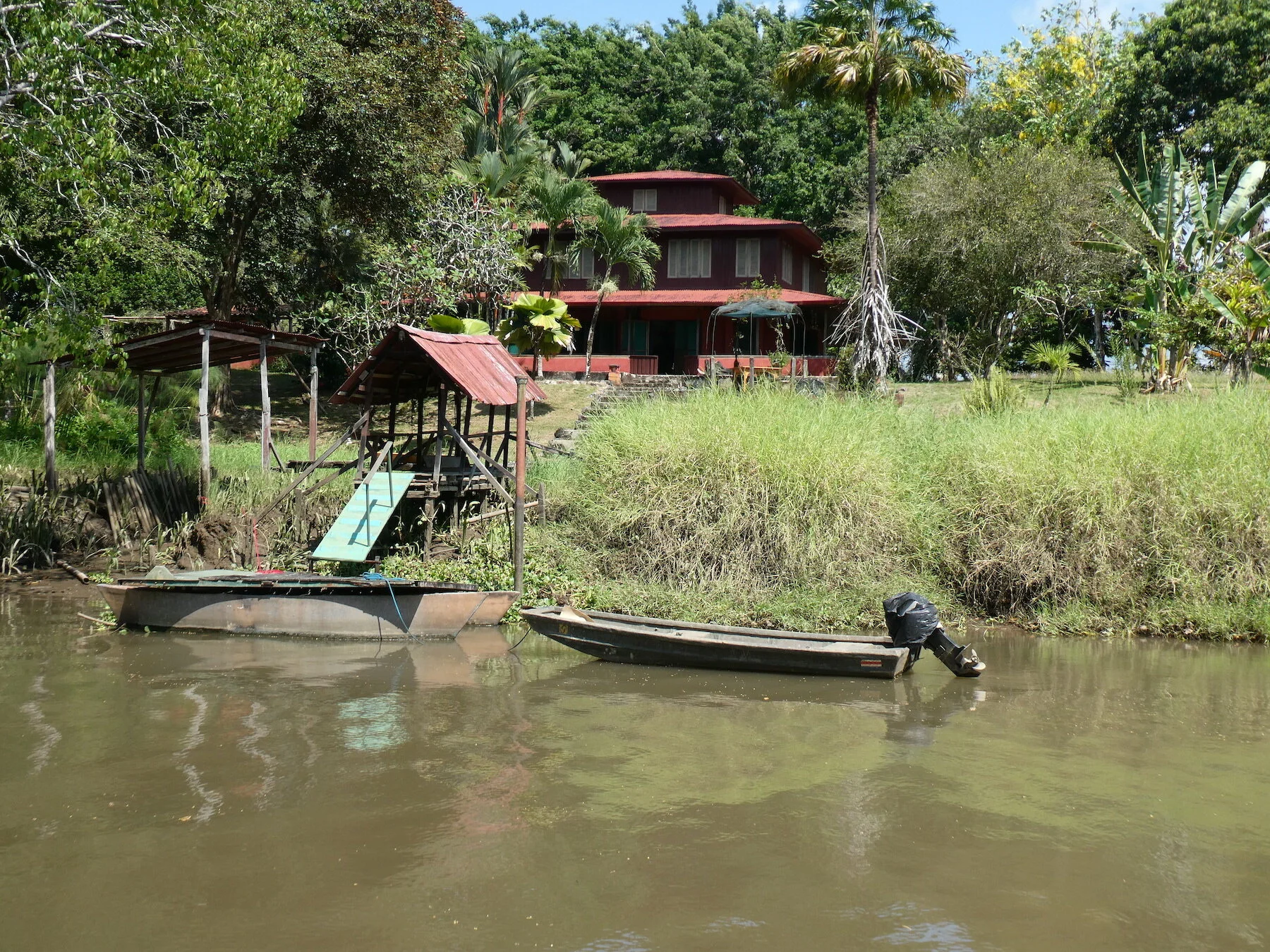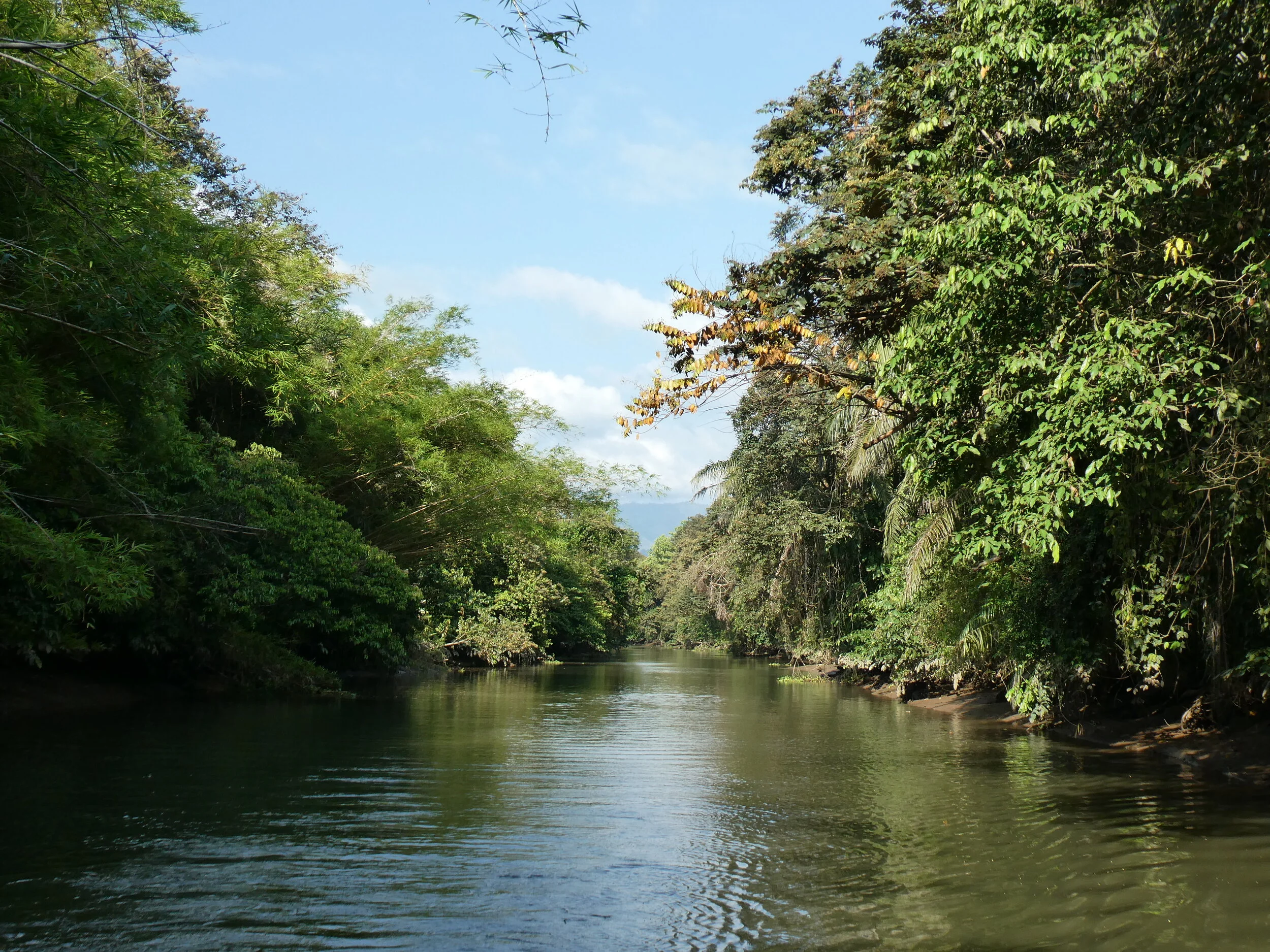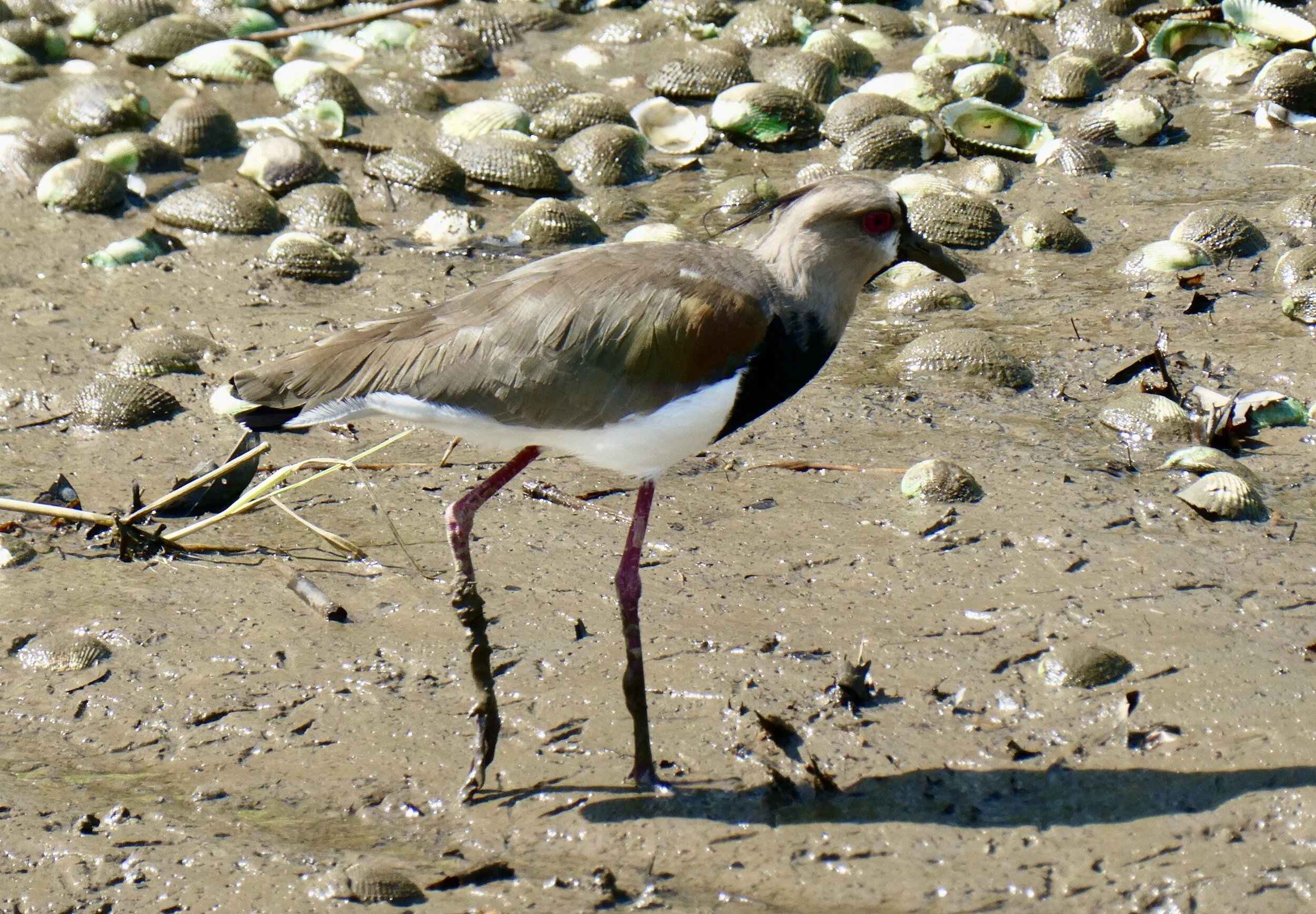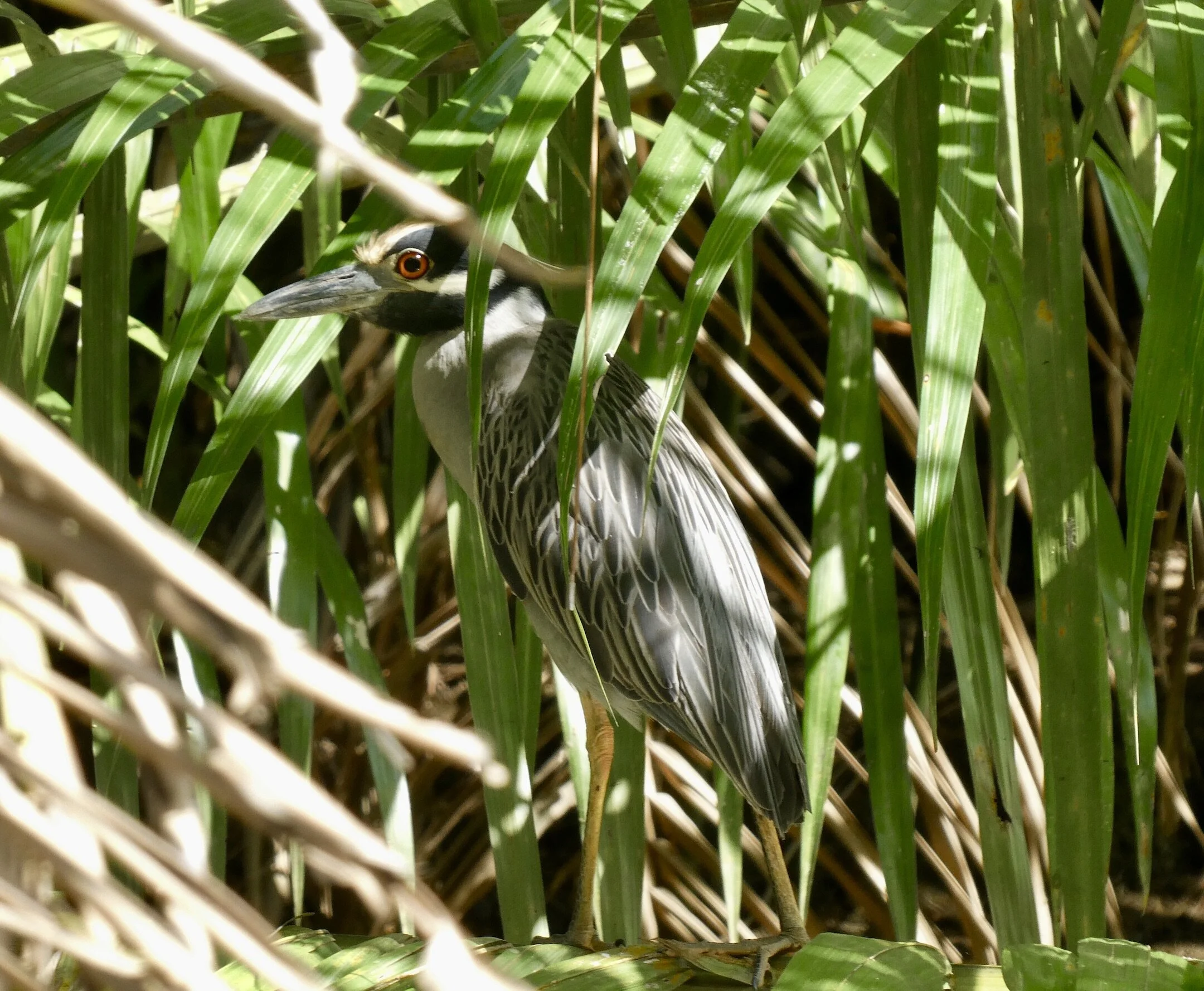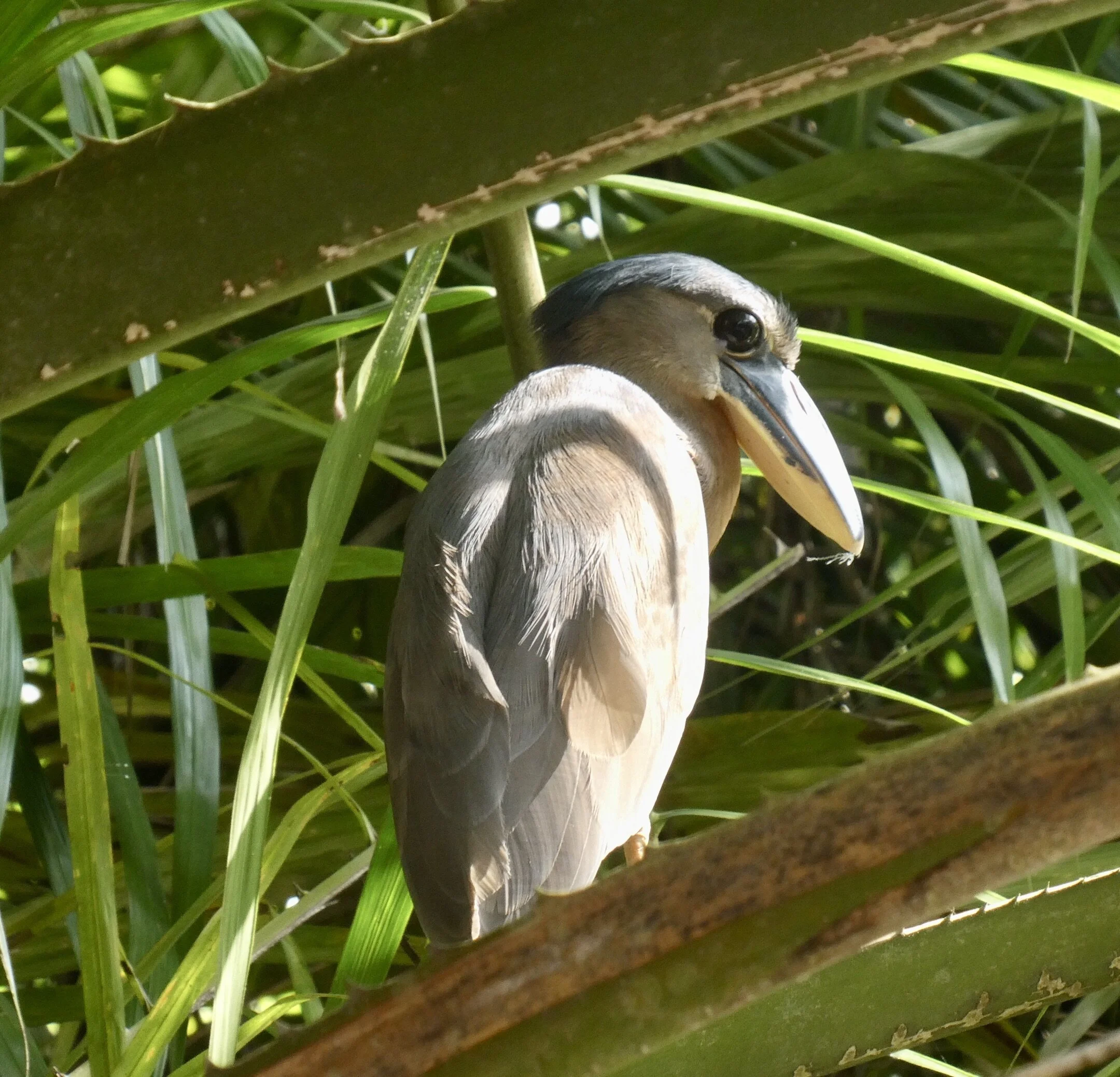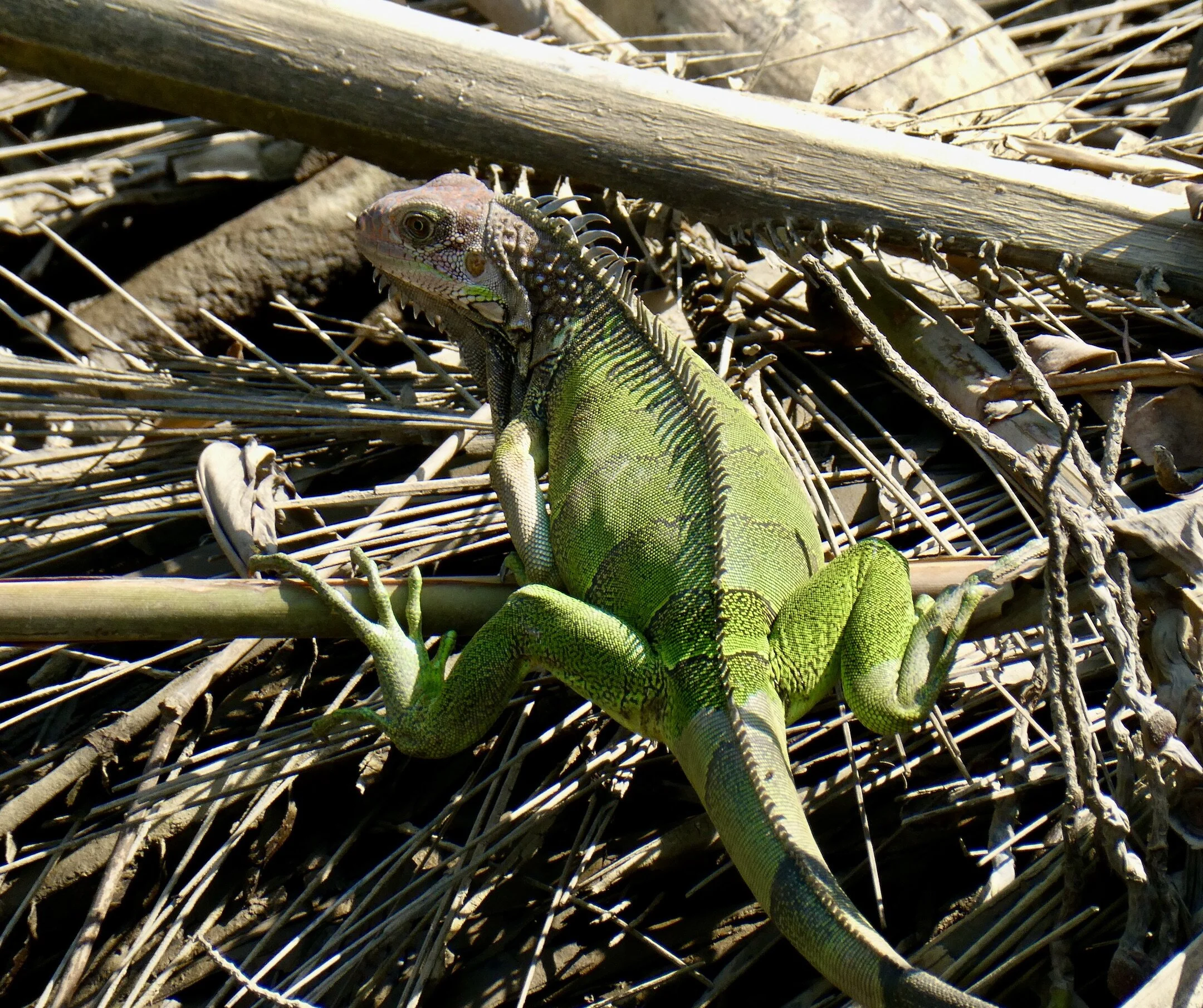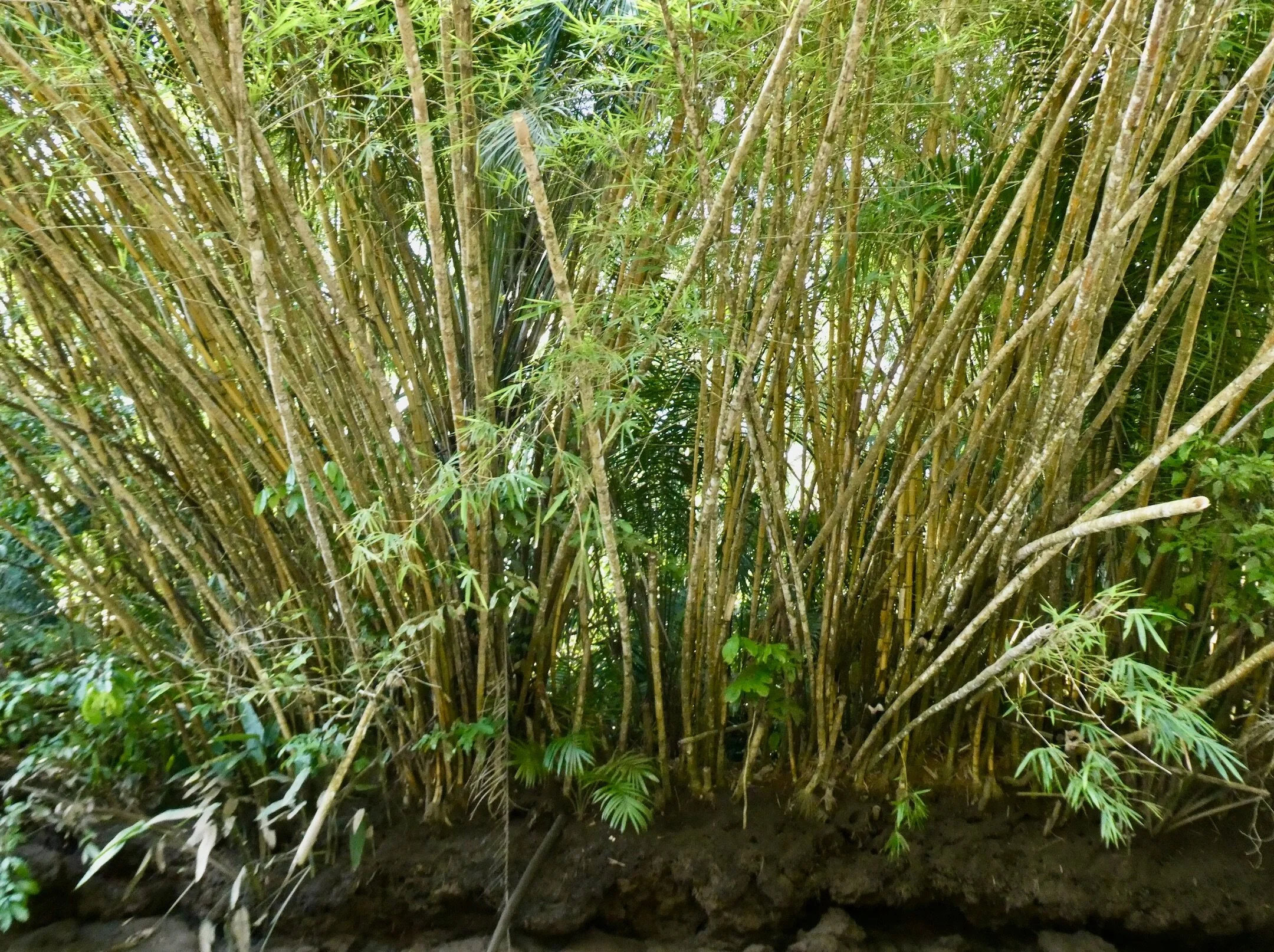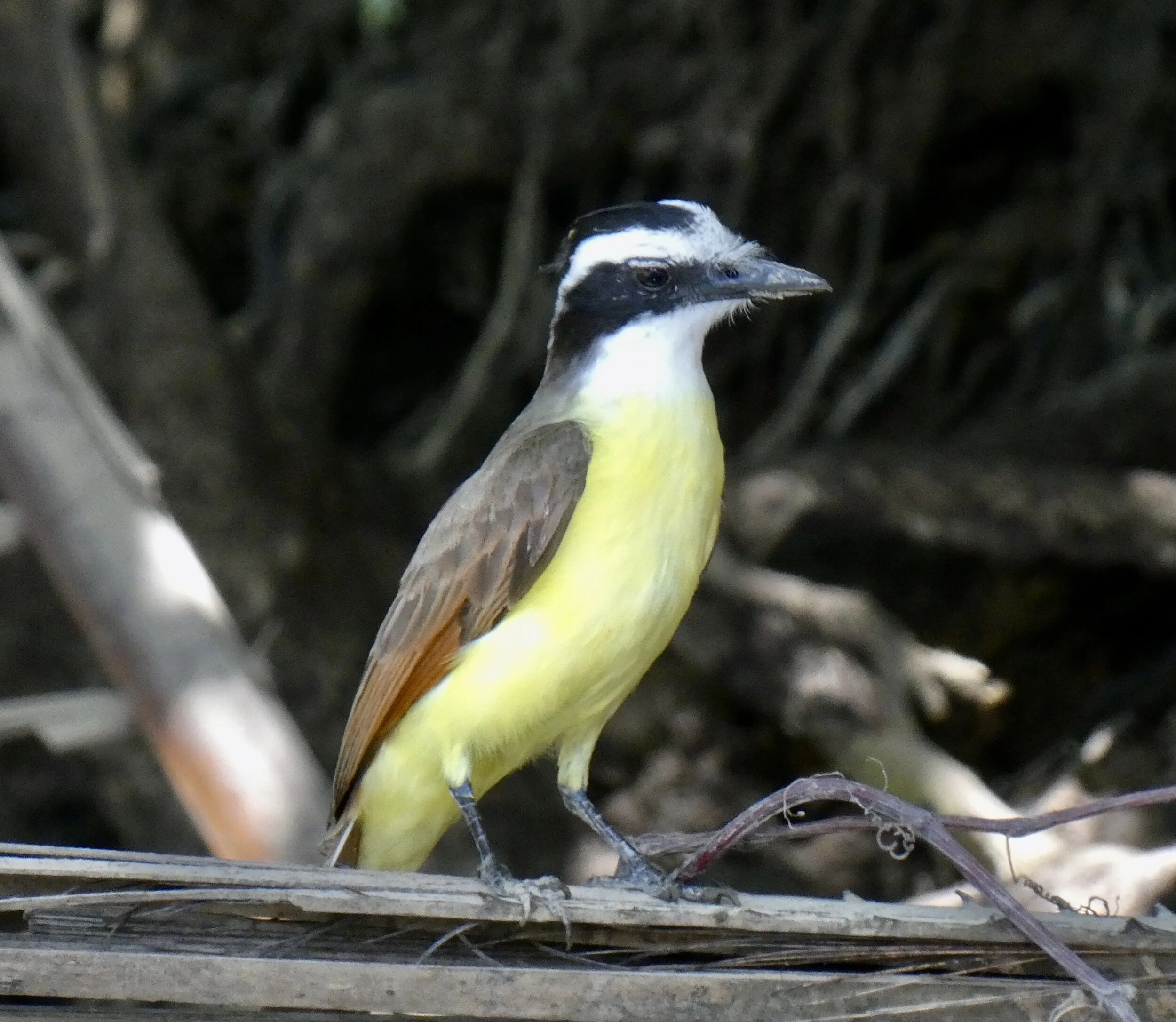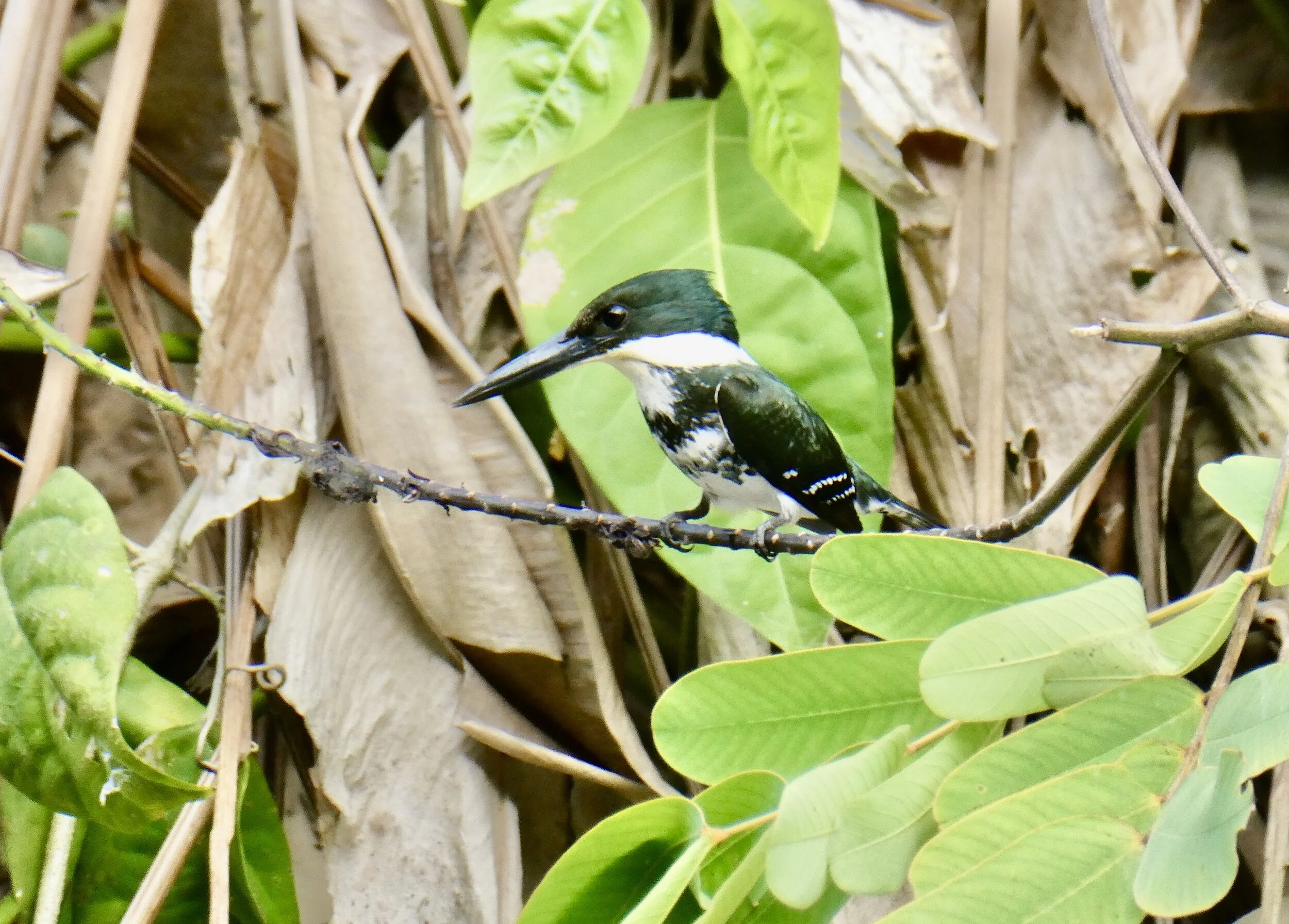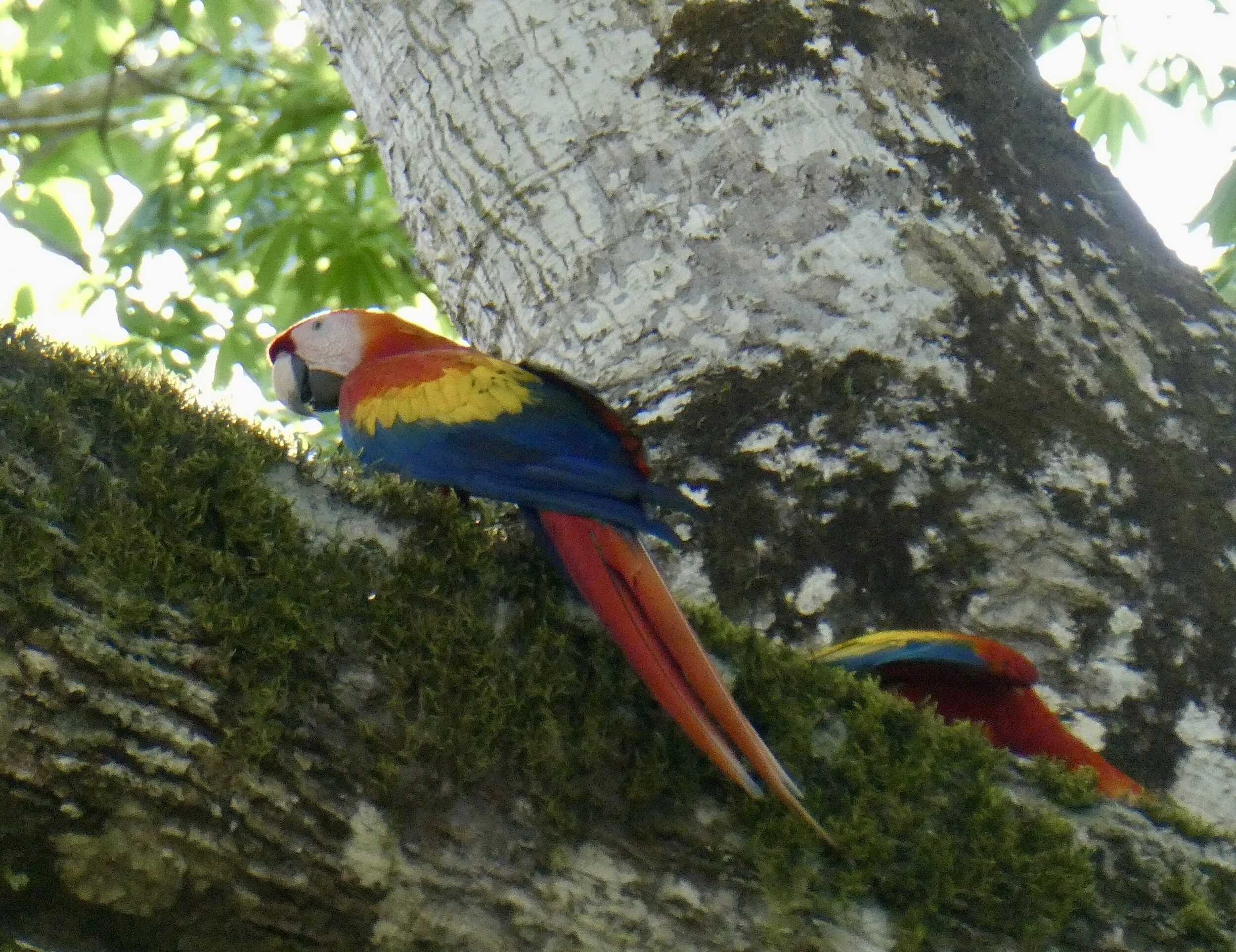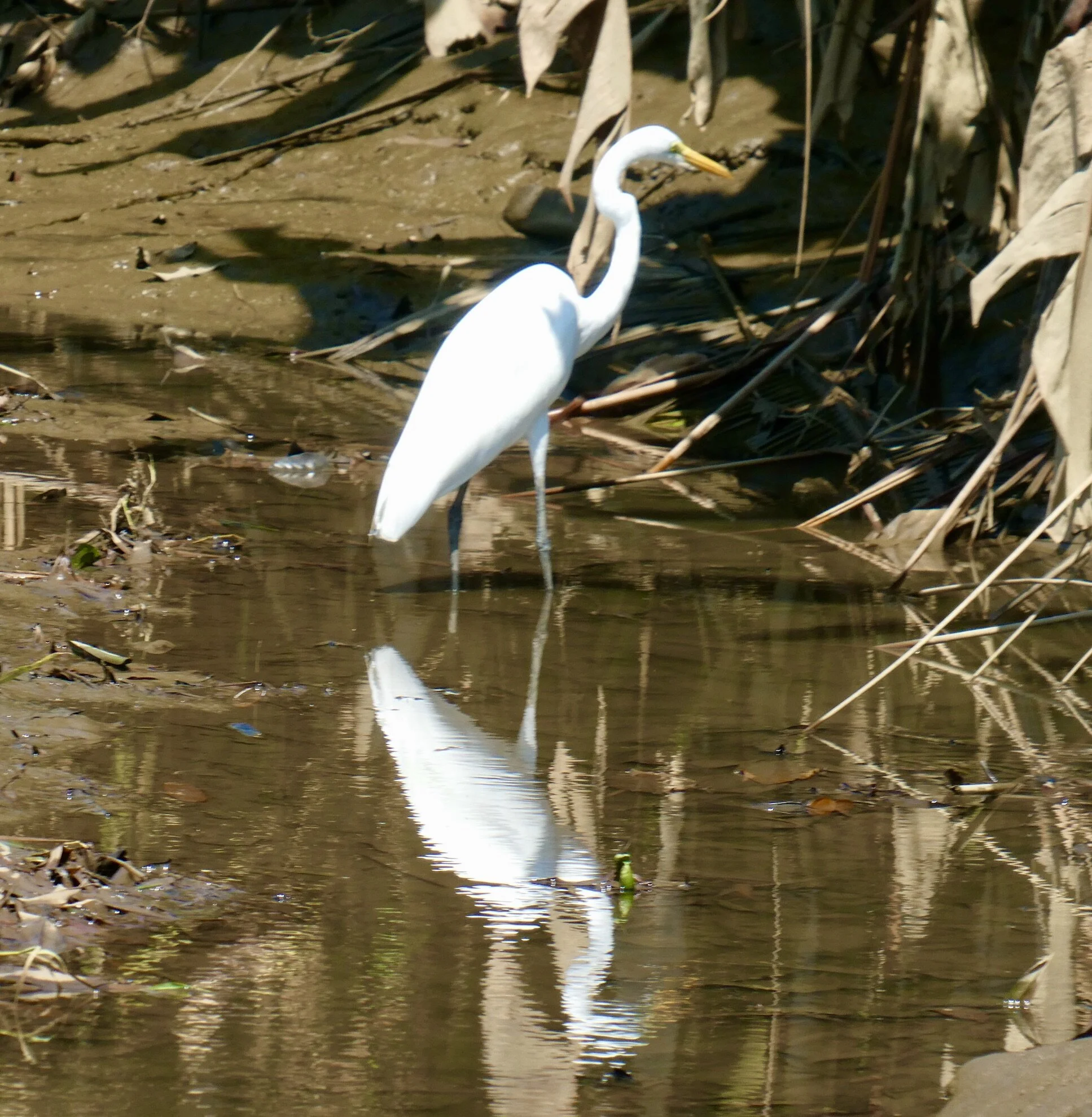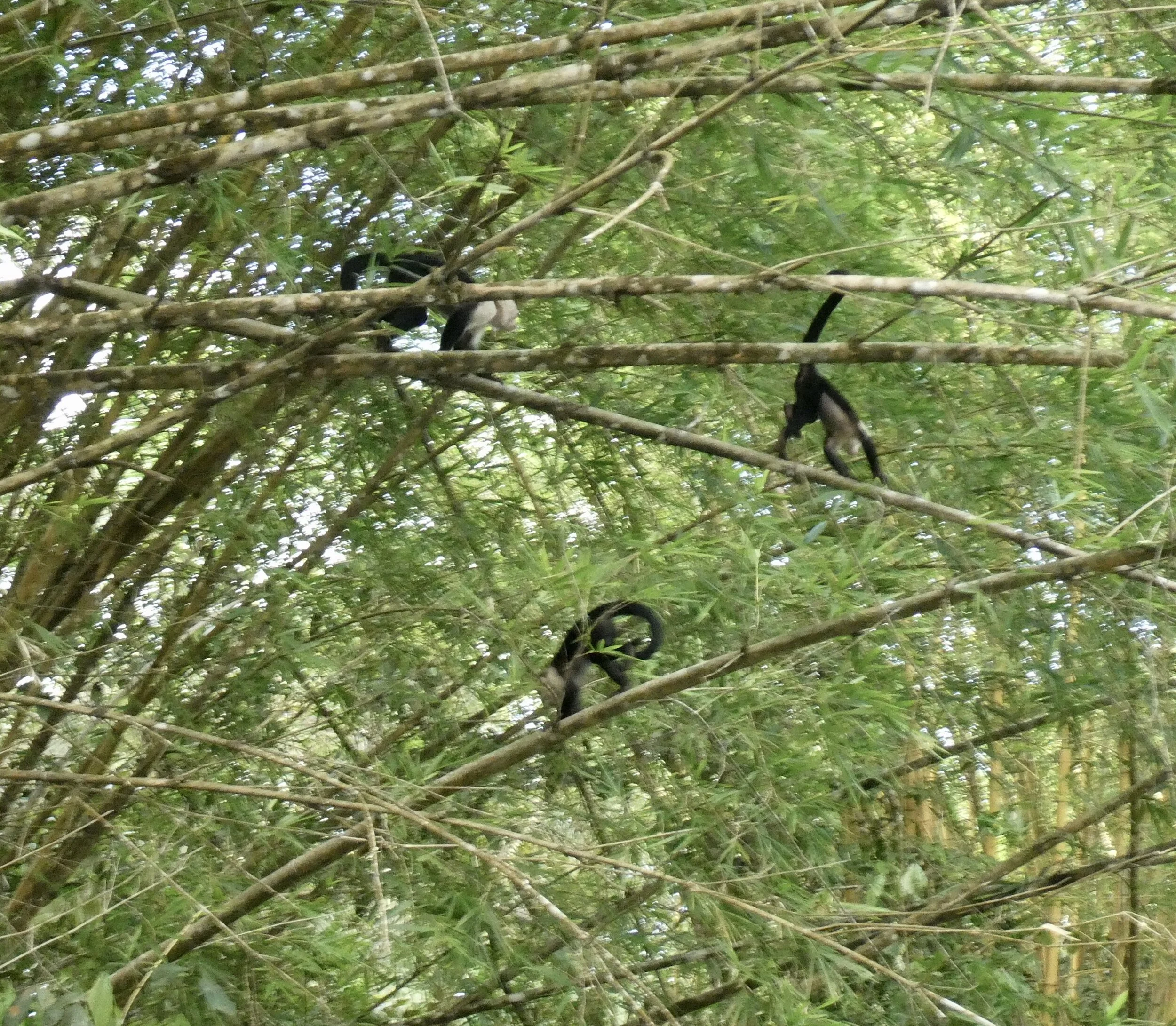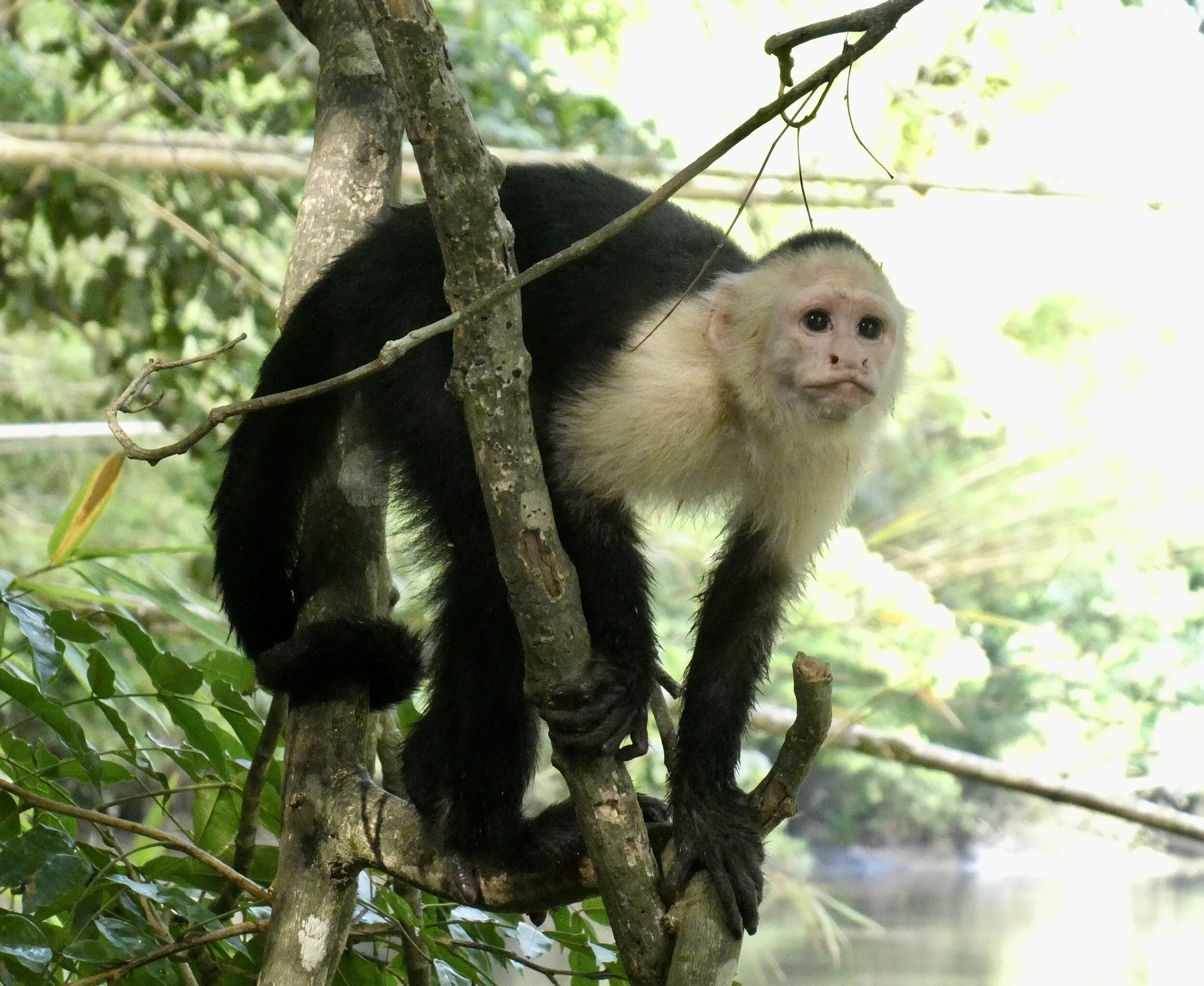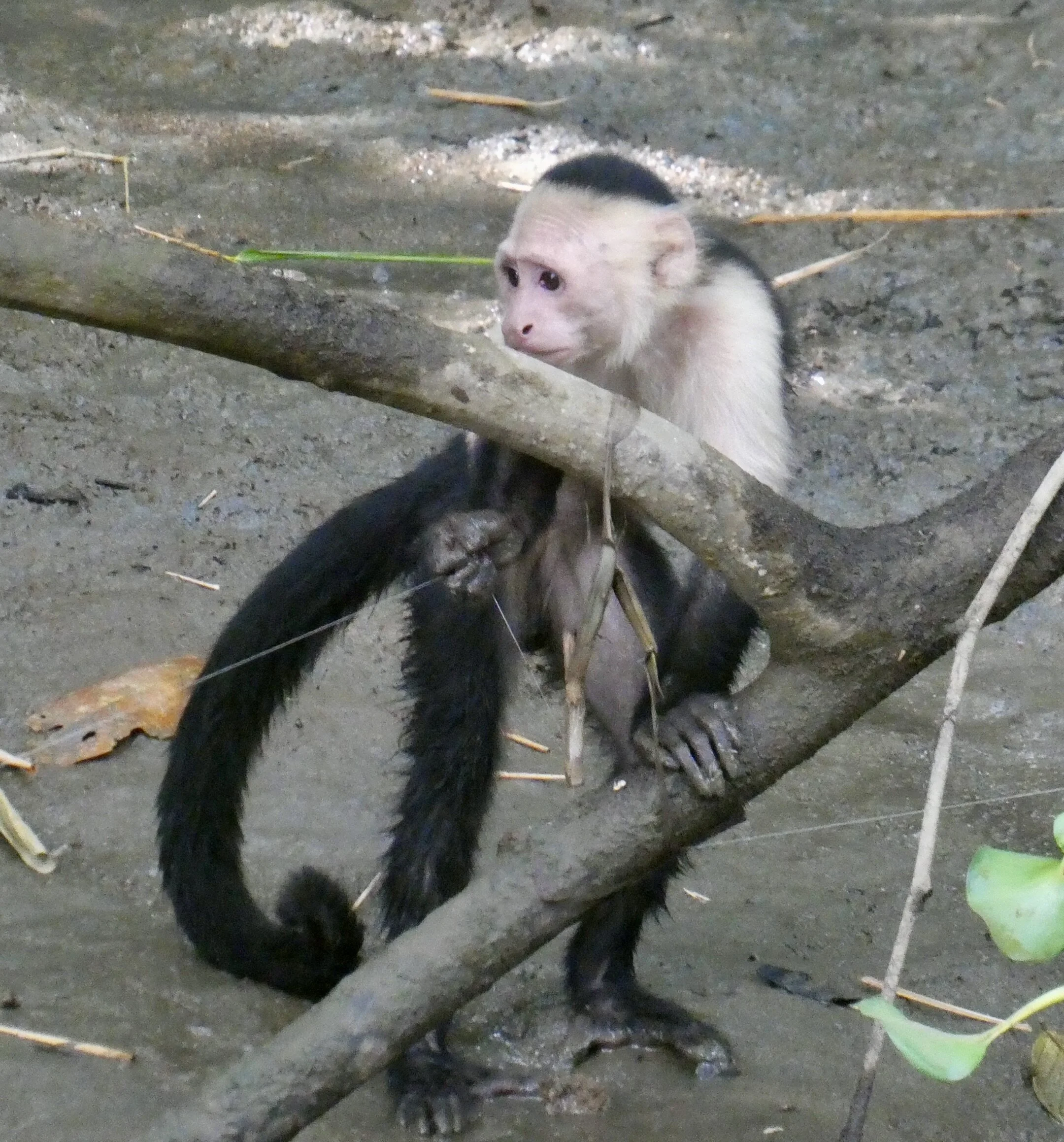Visiting the mangroves of Costa Rica is a worthy adventure for sure. The mangrove ecosystems contain dense foliage and massive trees. Constant sunlight, abundant rains, and the high temperatures are a recipe for biological diversity. Mangroves are able to take carbon out of the atmosphere and are a balance to the massive amount of carbon put into the atmosphere by fossil fuels.
Mangroves thrive where tropical rivers meet the ocean saltwater, creating a submerged forest of roots and waterways. As the tide rises the river flows up stream, as the tide recedes the river flows towards the ocean. This changes every 6 hours or so.
A trip down the mangrove canals will reveal a surprising number of wading birds, curious iguanas and monkeys keeping watch from tree limbs.
Drake Bay - Corcovado National Park
Drake Drake is a small bay on the north side of the Osa Peninsula on the coast of southwestern Costa Rica. This bay is believed to be a port used by Sir Francis Drake in the 16th century and the location of one of the British pirate's fabled hidden treasures. It is also the best place to join up with a mangrove tour company. Going at low tide where the banks of the river are exposed is probably the best time to take a tour. I hooked up with a tour company in the village of Sierpe in the Drake Bay area. This village is also a connection point for travellers heading farther into the park by boat.
Mangrove Tour Birds - Iguanas - Monkeys
The guided tour lasted three hours and the wildlife sightings were plentiful. This is where you get that feeling of how great it is to see birds, animals & reptiles in their natural habitat. I’ll let my photos tell you the story of this interesting excursion. Well worth an inclusion in a Costa Rician itinerary.
The Sierpe River is home to many people who make their living off the fish caught in the river.
What’s a mangrove tour without a few monkey sightings. We followed a troop of White Faced monkeys down the river as they played and enjoyed a late afternoon snack.
